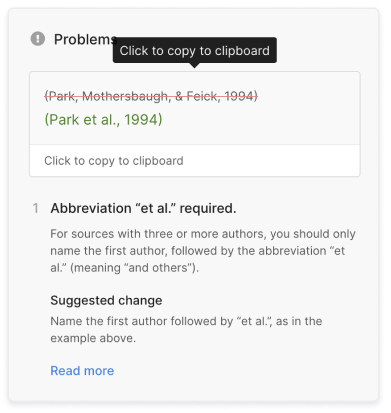Tertiary Sources Explained | Quick Guide & Examples
A tertiary source, also called a reference work, is a source that gives an overview of information gathered from primary and secondary sources but does not provide original interpretations or analysis. Examples include:
- Dictionaries
- Encyclopedias
- Databases
- Bibliographies
These sources types compile information from a wide variety of sources. They may also list, summarize, and index sources that provide original data or direct evidence (primary sources) and sources that describe or interpret this evidence (secondary sources).
Tertiary sources are useful for finding background information on your research topic, like key terms or the names of important scholars. But they are usually not cited directly in academic writing.
What is a tertiary source?
There are three types of research sources:
- Primary sources: These provide direct evidence about the topic of your research question (e.g., newspapers, diary entries, and photographs).
- Secondary sources: These interpret or analyze information from primary sources (e.g., books and journal articles).
- Tertiary sources: These are reference works that list other kinds of sources and provide background information (e.g., encyclopedias and dictionaries).
You will mainly use primary and secondary sources, as these provide information that you can analyze or use to formulate your own ideas and arguments.
Tertiary sources do not provide original insights or analyses. Instead, they collect, index, and provide an overview of primary and secondary sources. This means that while you might use them to learn more about a topic you’re new to, you’re unlikely to cite them in your paper.
Examples of tertiary sources
Tertiary sources provide a wide range of helpful information, including key terms, definitions, lists of relevant sources, and broad overviews.
- Bibliographies, databases, directories, indexes, and timelines are tertiary sources that do not provide much textual insight, but rather organize relevant information and help you to find other sources, such as primary and secondary sources.
- Dictionaries, encyclopedias, manuals, and textbooks provide definitions and overviews of a topic based on primary and secondary sources.
How to tell if a source is tertiary
The key difference between a tertiary source and a primary or secondary source is that the tertiary source does not provide any original insights or analysis.
But what constitutes a tertiary source depends on your research problem and how you use the source.
For example, while encyclopedias are typically considered tertiary sources, a research paper focusing on the development of encyclopedic writing since 1900 might use encyclopedia entries as direct evidence and therefore as primary sources.
To determine whether a source is tertiary, ask:
- Am I analyzing the source itself or using it for background information?
- Does the source provide original information (primary) or evaluate other sources (secondary)? Or does it only summarize or catalog information from other sources (tertiary)?
How and when to use tertiary sources
Although tertiary sources are often credible, they’re not typically attributed to a single author and don’t provide the specialized knowledge expected of scholarly sources. For these reasons, you likely won’t cite tertiary sources in your research paper, but you might still use them behind the scenes in your research.
Use tertiary sources in the beginning stages of your research process to:
- Establish background information
- Identify relevant keywords and terms
- Understand current debates in your field
- Identify key scholars
This will lay the foundation for further research and direct you to helpful primary and secondary sources that you will engage with in more detail during the writing process.
Practice questions
Other interesting articles
If you want to know more about ChatGPT, AI tools, citation, and plagiarism, make sure to check out some of our other articles with explanations and examples.
ChatGPT
Frequently asked questions about tertiary sources
- What is a tertiary source?
-
A tertiary source may list, summarize, or index primary and secondary sources or provide general information from a variety of sources. But it does not provide original interpretations or analysis.
Some examples of tertiary sources include:
- Bibliographies
- Databases
- Dictionaries
- Encyclopedias
- Indexes
- Timelines
- How are tertiary sources different from primary and secondary sources?
-
Primary sources provide direct evidence about your research topic (photographs, personal letters, etc.).
Secondary sources interpret and comment on information from primary sources (academic books, journal articles, etc.).
Tertiary sources are reference works that identify and provide background information on primary and secondary sources. They do not provide original insights or analysis.
- How do I tell if a source is tertiary?
-
What constitutes a tertiary source depends on your research question and how you use the source.
To determine whether a source is tertiary, ask:
- Can I use tertiary sources in my research?
-
You usually shouldn’t cite tertiary sources as evidence in your research paper, but you can use them in the beginning stages of the research process to:
- Establish background information
- Identify relevant keywords and terms
- Familiarize yourself with current debates in your field
Use tertiary sources in your preliminary research to find relevant primary and secondary sources that you will engage with in more depth during the writing process.
Cite this Scribbr article
If you want to cite this source, you can copy and paste the citation or click the “Cite this Scribbr article” button to automatically add the citation to our free Citation Generator.
Ryan, E. (2023, May 31). Tertiary Sources Explained | Quick Guide & Examples. Scribbr. Retrieved November 3, 2023, from https://www.scribbr.com/working-with-sources/tertiary-sources/

